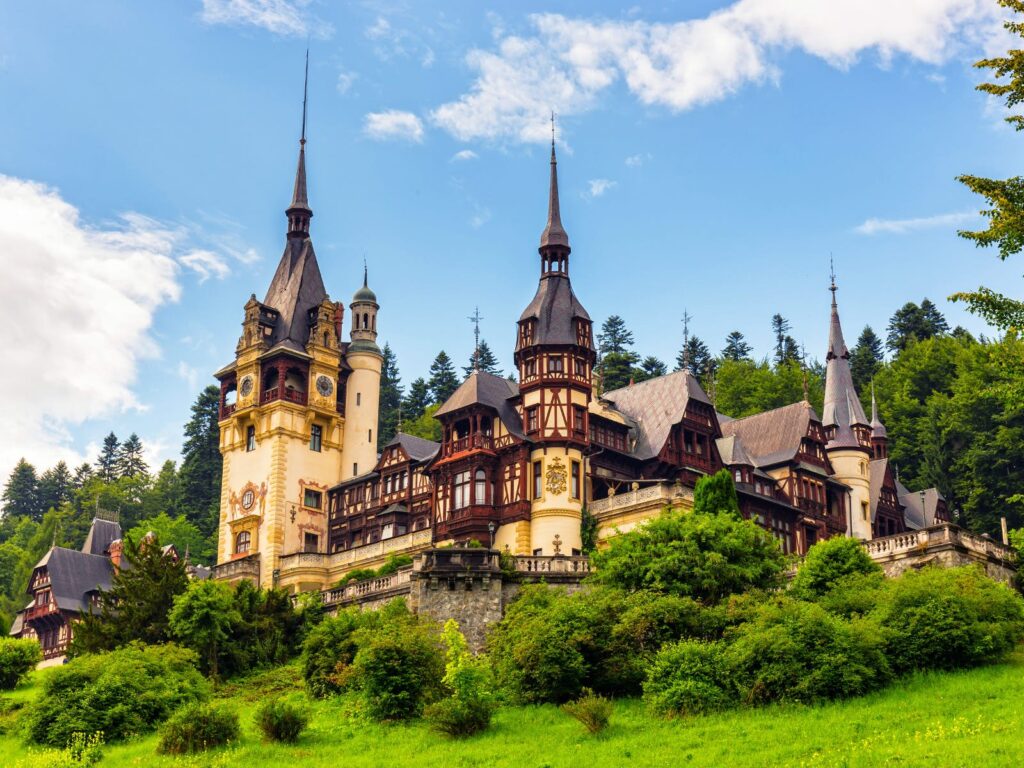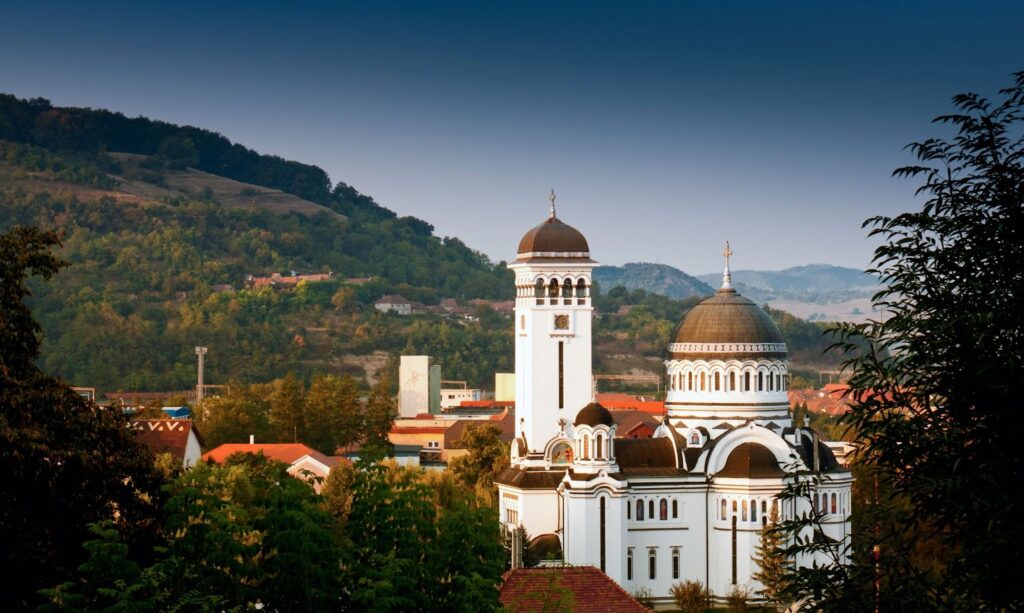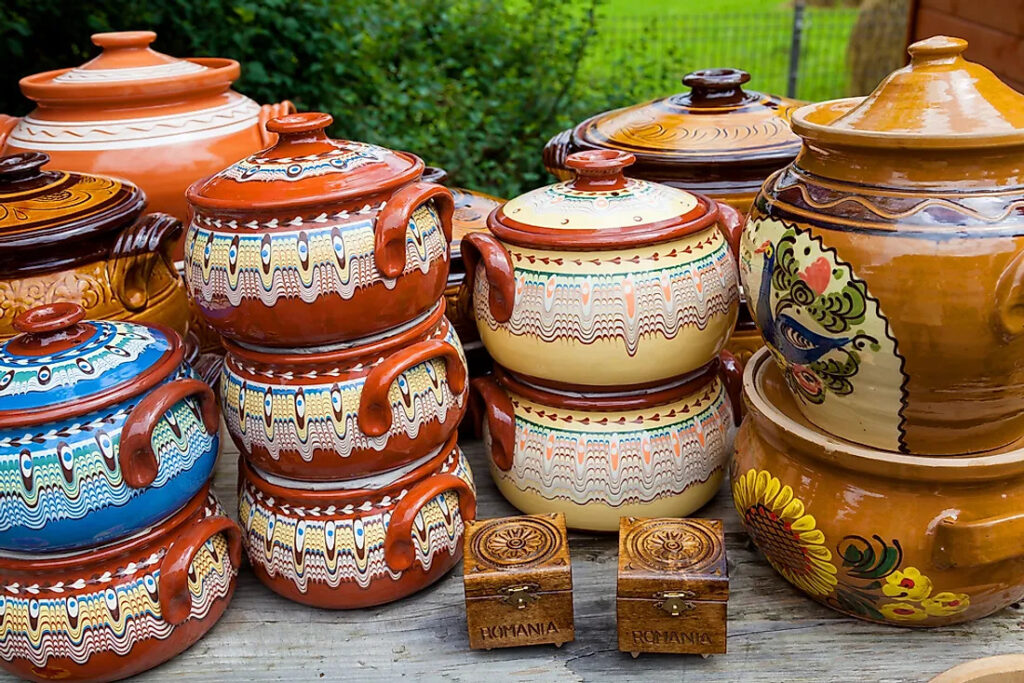For Events/Conferences/ Interpretation Services
- Ram Kesarwani - 9811 200 494
- ram@translationindia.com

Romania has a long and rich history dating back to the Roman period. The region was originally inhabited by Dacians, a Thracian people, who were conquered by the Romans in the 1st century AD. The Romans ruled the region for over 400 years, and their influence can still be seen in Romanian language and culture. After the fall of the Roman Empire, the region was ruled by a succession of different peoples, including the Byzantines, the Huns, and the Bulgars. In the 13th century, the region was united under the rule of the Romanian principalities of Wallachia and Moldavia. In the 19th century, the Romanian principalities united to form the Kingdom of Romania. Romania gained independence from the Ottoman Empire in 1878. During World War I, Romania fought on the side of the Allies. After the war, Romania gained additional territory, including Transylvania, which had been part of Hungary. During World War II, Romania was allied with Nazi Germany. After the war, Romania was placed under Soviet occupation. In 1989, Romania underwent a revolution that overthrew the communist government. Since then, Romania has been a democracy.
Romania is located in southeastern Europe. It is bordered by Hungary to the north, Ukraine to the east, Moldova to the east, Bulgaria to the south, and Serbia and Montenegro to the southwest. Romania is a mountainous country, with the Carpathian Mountains running through the center of the country. The highest point in Romania is Moldoveanu Peak, which is 2,544 meters (8,346 feet) tall. Romania has a temperate climate, with hot summers and cold winters. The country has a coastline on the Black Sea.

Romania’s economy is a mixed economy, with a large public sector and a growing private sector. The country’s main industries are agriculture, manufacturing, and tourism.
Romania is a member of the European Union and NATO.
Romanian culture is a blend of Eastern and Western influences. The country’s culture is reflected in its art, music, food, and festivals. Romanian art is known for its use of bright colors and its stylized representations of people and objects. Romanian music is a mix of traditional folk music and modern pop music. Romanian food is a fusion of Eastern and Western cuisines. The country’s most famous dishes include sarmale, gulaș, and polenta.

Romania is home to a number of famous festivals .
Carnavalul de la Mamaia: This festival is held in Mamaia, Romania, in February. It is a celebration of Romanian culture, with music, dancing, and traditional costumes.
The official language of Romania is Romanian, which is a Romance language. Romanian is closely related to Italian, Spanish, and French. Other languages spoken in Romania include Hungarian, German, and Ukrainian.
In Romania , Translation India provides a variety of services, including simultaneous conference interpreters, document translation, and language translators. Translation India provides expert translation services in a variety of languages, including Romanian ,Hungarian, German, Ukrainian. and many more languages . The business offers flexible and reasonable pricing To meet the needs of its consumers, the organisation provides flexible and reasonable pricing. Translation India’s dedication to offering excellent services and satisfying customer expectations creates a positive experience for all parties involved.
If you’re looking for translation or interpreting services in Romania consider Translation India. A team of qualified and certified professionals from Translation India can deliver high-quality services that are individually tailored to your demands.